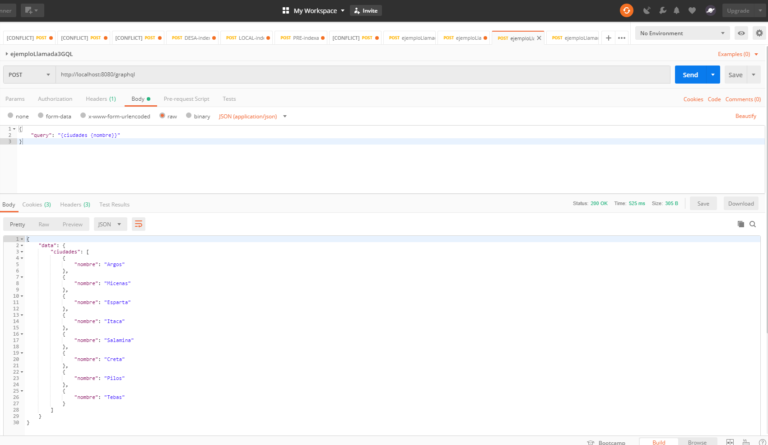

#CURL TO POSTMAN CODE#
At the API level, tracking down such errors is much easier and faster than trying to look at the code and figure out the location with the wrong functionality. Suppose you open a certain page of a site and see an error message in the user interface.


The ability to work with the API allows you to better understand and more accurately describe the errors that have occurred. And testing the REST API lends itself to mechanization and can be effectively performed by tools such as curl and Postman. Error localization at the separation level of the server and client parts allows you to quickly find the place with the wrong logic of the information system. The task of testing the API helps to clearly determine in which part the error occurs.
#CURL TO POSTMAN SOFTWARE#
RESTful Web services are built with a list of constraints that simplify client-server information exchange and their software implementation. Actually, it is not a protocol itself, but a set of rules or guidelines for building an effective communication model between the sender and receiver of information. REST is a software architectural style for web services. It transfers information from the client in the request parameters, information from a server in the body of the response (which can be, for example, a JSON object or an XML document). REST (Representational State Transfer) provides communication between the client (usually a browser) and the server using ordinary HTTP requests (GET, POST, PUT, DELETE, etc.). This is where the REST API testing tools are used. Manually reviewing each request and generating parameters is a rather laborious task, as when changing the back-end or the microservice architecture settings, you need to check the API constantly during the development process. See the success in the screenshot.Since the number of services that actively use REST protocol, including cloud systems and microservices, has recently increased, the question of high-quality and quick testing of REST-based APIs becomes even more relevant. I would suggest copy the above code and pase it in your service callout then change Basic line only. it should be POST as I have setup in the example. Check if your are setting up the proper request verb. On postman you can see what is the value of base64encode of your code.
#CURL TO POSTMAN PASSWORD#
Check -user is the Authorization so in service callout you need to pass the base64 version of the username and password which you are getting.

I would suggest some checkpoint you should check in the service callout. "TextPart": "Dear passenger 1, welcome to Mailjet! May the delivery force be with you!" Here I am pasting the code of service callout which I have tested and it is working fine.


 0 kommentar(er)
0 kommentar(er)
